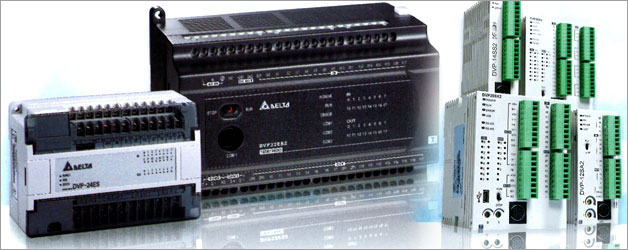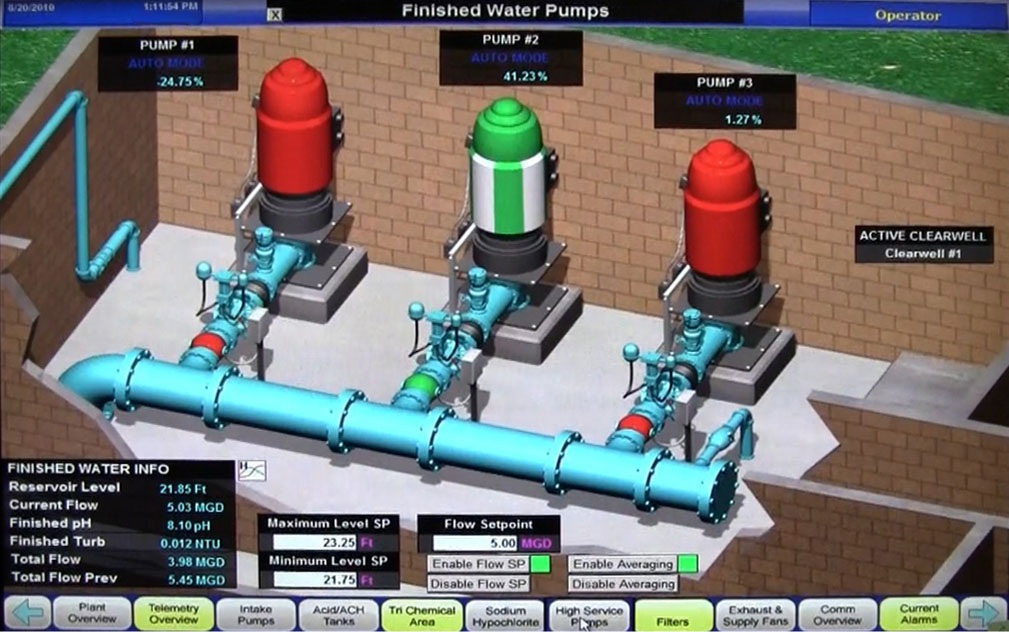Project Description
Through the monitoring of soil conditions land managers can respond rapidly to mitigate adverse events, such as extreme weather or ongoing drought. However, without an extensive system of sensors, gathering information over a large field takes an exorbitant amount of time. This mass collection of soil data would allow farm managers to study time-lapsed trends and variables within a particular region to provide quick assessment of land conditions. Currently, the client uses a bulky handheld wireless soil sensor to measure moisture content and temperature. To take measurements, the client must walk to the coordinates of interest, clear the ground of vegetation, manually insert the probe into the ground, and log the reading. The team is designing an autonomous soil monitoring rover to expedite data collection and reduce labor. The rover will be able to autonomously navigate through a field several acres in size and avoid obstacles. It will gather data on soil moisture and temperature at a set of given waypoints and relay the information back to the farm manager. Constructed with a custom welded steel frame, the first rover prototype will be a four-wheeled vehicle with front wheel drive. The vehicle will be equipped with a Stevens Hydra Probe II mounted to a linear actuator. Navigation will be handled using a GPS and wheel encoders. When completed, the rover will allow the land manager to analyze trends between soil data and pasture health, providing an accurate snapshot of a field.
Technologies Used
For..
BE and B.Tech Engineering Students, Diploma Students















